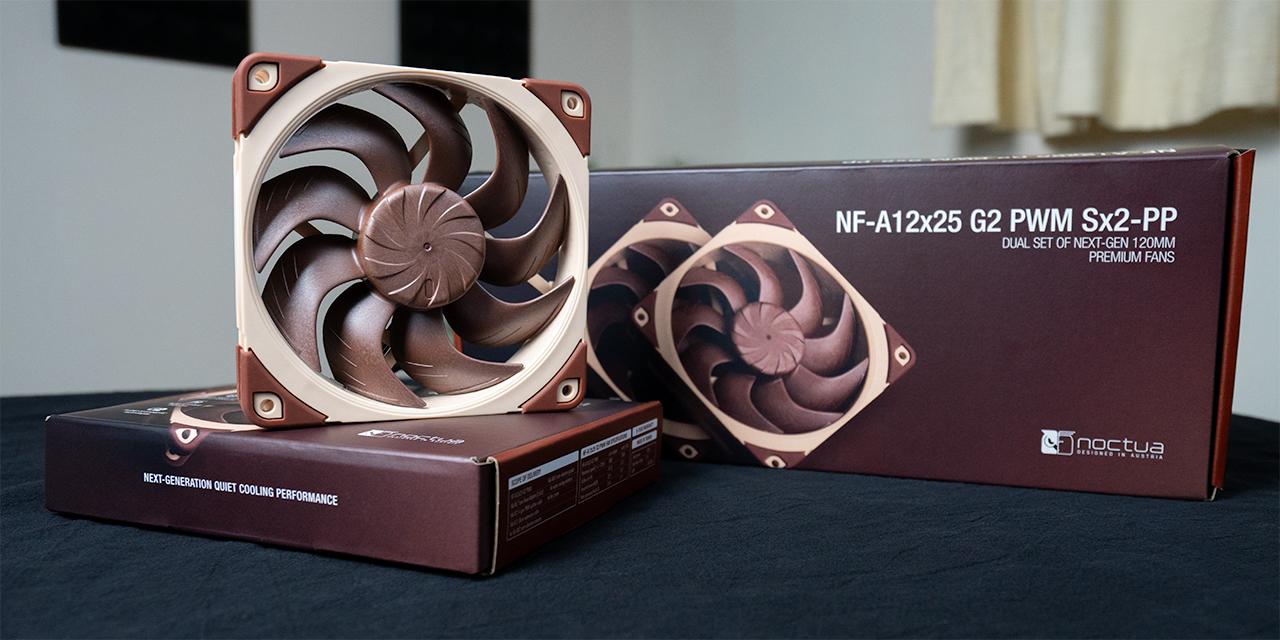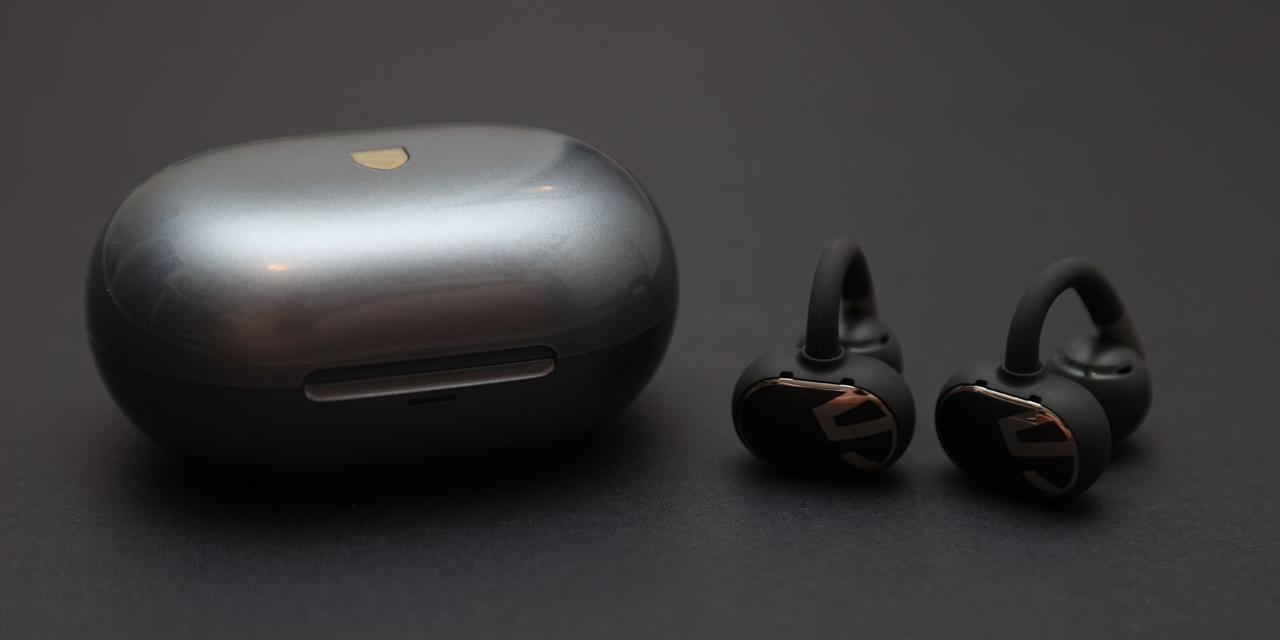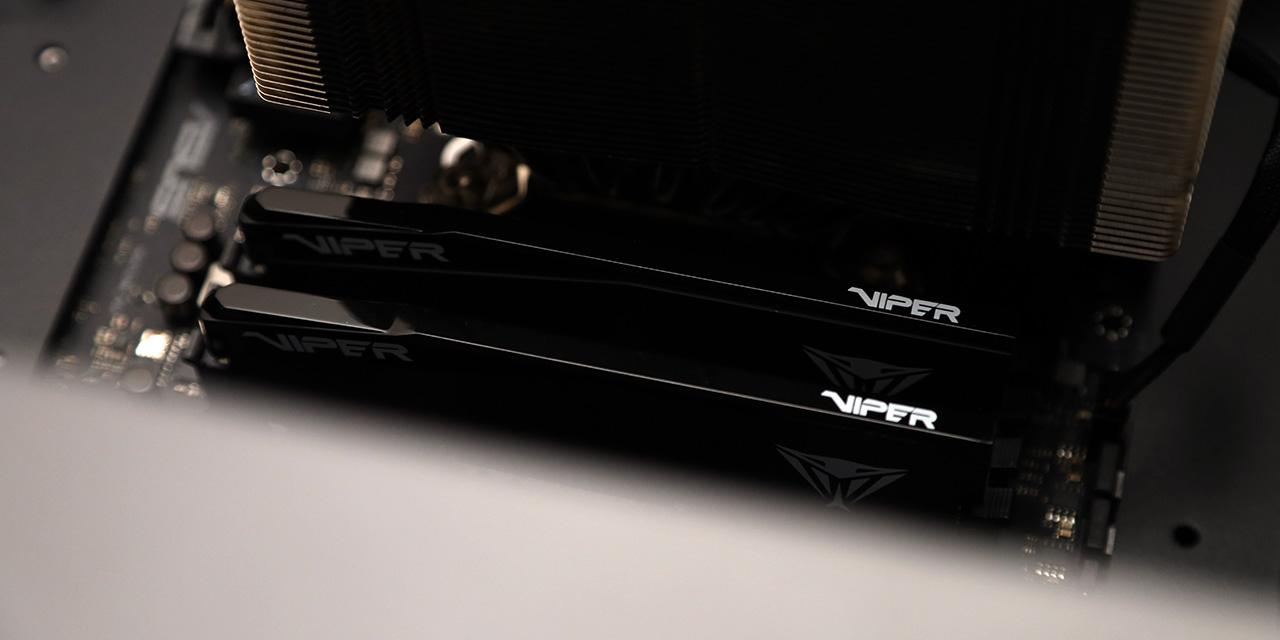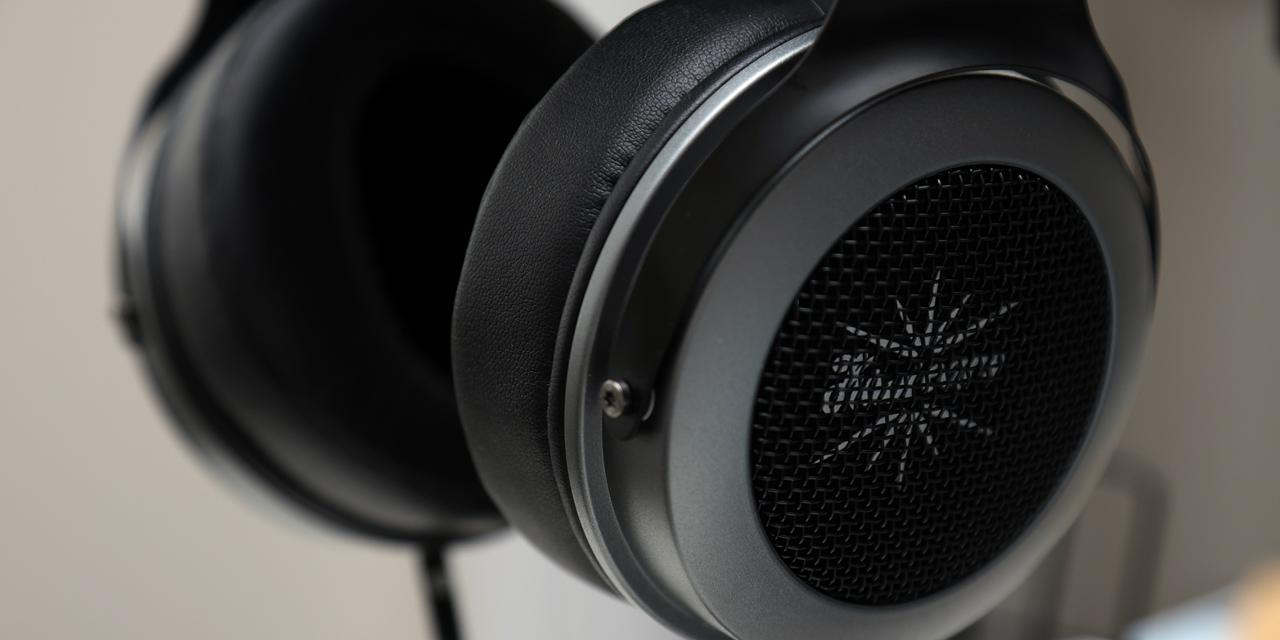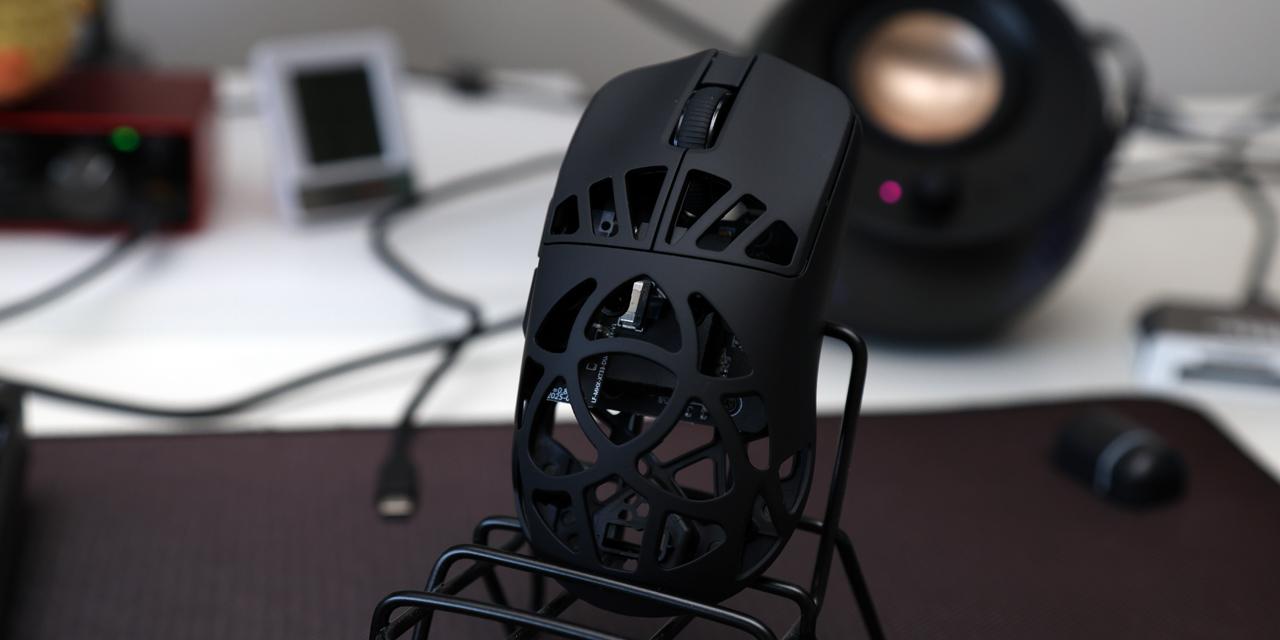Page 3 - Tests and Usage Experience

I started off by running the Elite Go through the same tests as the Core Go. The first test I performed was to see how well the HDMI output would work with handheld gaming devices. I connected my Nintendo Switch to the USB-C1 port on the Elite Go using the provided USB Type-C cable, and then connected an HDMI cable from the Elite Go to a monitor. Everything worked as expected.
Although I could not measure the frames per second, it did feel like I was at 60Hz from the gameplay, which is consistent with the specifications. For the second test, I used the Elite Go as a laptop dock. I connected my laptop, monitor, and mouse. The mouse worked, the display was detected and ran at 4K, and the laptop was charging. This laptop dock mode will only work when it is connected to the USB-C1 port. Unlike the Core Go, the AssistCentralPro will only detect the Elite Go when connected to USB-C2 instead of USB-C1. The AVerMedia Elite Go GC313Pro also worked flawlessly with an Apple iPhone 15 Pro for both fast charging and display output.

Moving on to the output power test, I used a power bank with the functionality to display how much power it was receiving. When it was the only USB Type-C device connected, it was able to receive 95.9W, which is very close to the specified 100W. Using a wall measurement device, the output read 107W, which means the Elite Go GC313Pro is 89.6% efficient. The efficiency is very similar to the Core Go's 90.4%. Next, I connected my laptop to the other USB Type-C port on the Elite Go. The reading I got from the power bank was 45.7W, which matched the rated 45W. In the final test, I connected my earbuds to the USB Type-A port, and the reading stayed at 45.7W on the power bank. As for the output of the USB Type-A port, I was unable to test if it can output 5W, because I do not have the tools to do so. The above tests show the Elite Go is capable of all the things the Core Go is capable of.
Although the first picture on this page shows me using my laptop to record the gameplay footage from my Switch, I actually used my desktop PC to ensure the computer hardware would not be a limiting factor for video capturing. My PC specifications are as follows:
CPU: AMD Ryzen 5 5600X
CPU Cooler: Vetroo V5
Motherboard: Gigabyte X570 AORUS Elite Wi-Fi
RAM: Corsair Vengeance LPX 32GB 4x8GB DDR4 3200MHz
Graphics: ASUS TUF Gaming GeForce RTX 3080 V2 OC Edition 10GB
Chassis: Lian Li Lancool II Mesh RGB
Storage: Western Digital WD_BLACK SN770 NVMe SSD 1TB and Western Digital Black SN750 NVMe SSD 1TB
Power: Corsair RM850x 850W
Operating System: Microsoft Windows 10 Pro
I connected the Switch to the USB-C1 port, the PC to the USB-C2 port, and a monitor to the HDMI port. To record, I used OBS, or Open Broadcaster Software. I set the resolution and FPS to the maximum the Elite Go could handle, which is 1080p at 60Hz. I was playing Super Smash Bros Ultimate, which runs at 1080p 60Hz in dock mode. From the quality of the recording, it appears to me the Switch did indeed switch into dock mode when connected to the Elite Go. All the components came together nicely and worked as expected. The recorded audio and video quality were excellent. The audio and video color are accurate with no noticeable resolution or frame rate drops. The connected video quality on the monitor was also excellent. The connection was stable, quality was consistent, no detectable latency, and was as smooth as 60Hz would allow.
For the laptop docking and charging functionalities of the Elite Go, I found the usage experience to be pleasant and straightforward, like the Core Go. The charging functionalities work as expected. Using the HDMI to connect another display to the laptop produced excellent results, just like when it was connected to the Switch. Connecting peripherals to the USB Type-A port works perfectly. The size and weight also make it very compact and easy to travel with.
Page Index
1. Introduction, Packaging, Specifications
2. A Closer Look - Hardware and Software
3. Tests and Usage Experience
4. Conclusion
